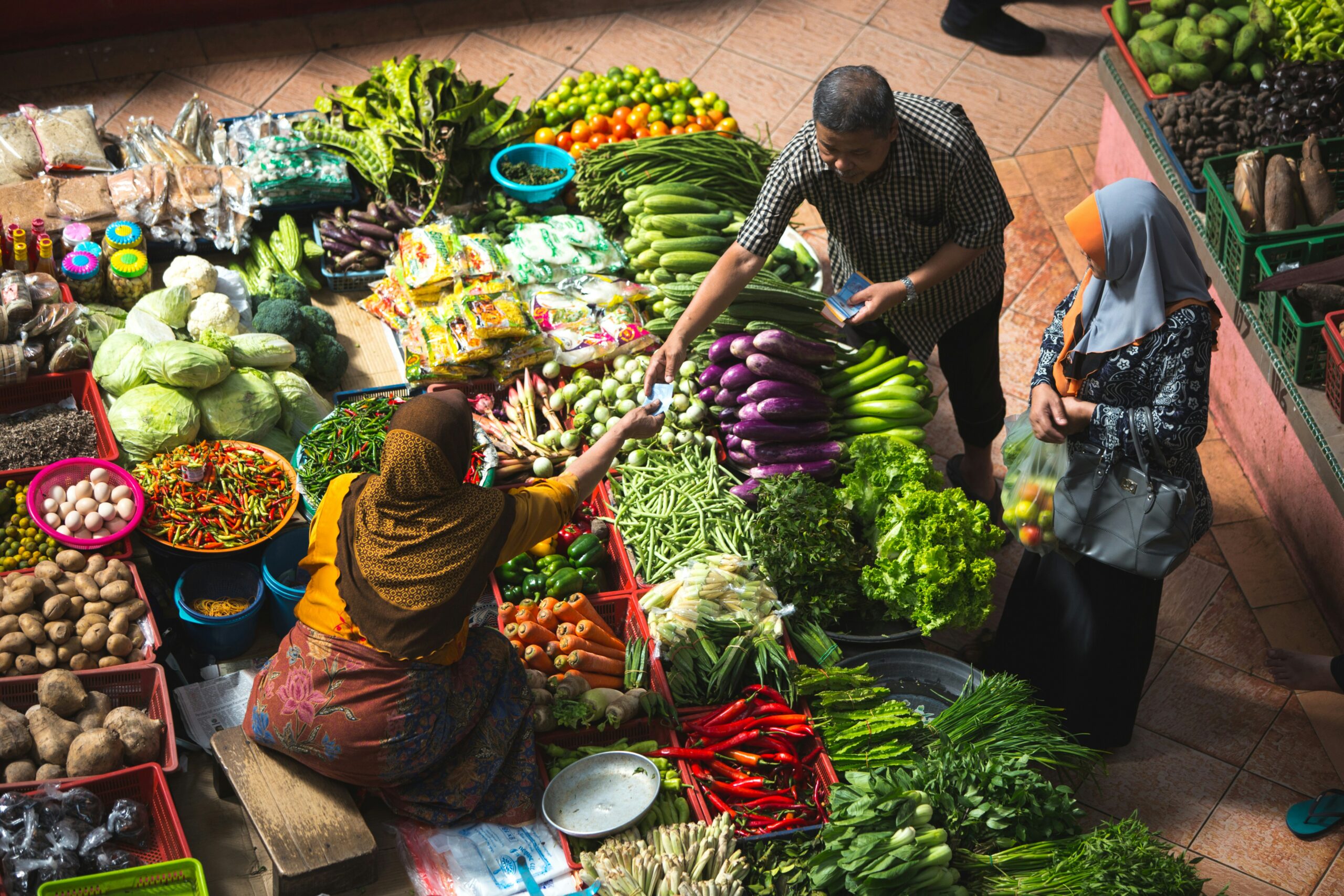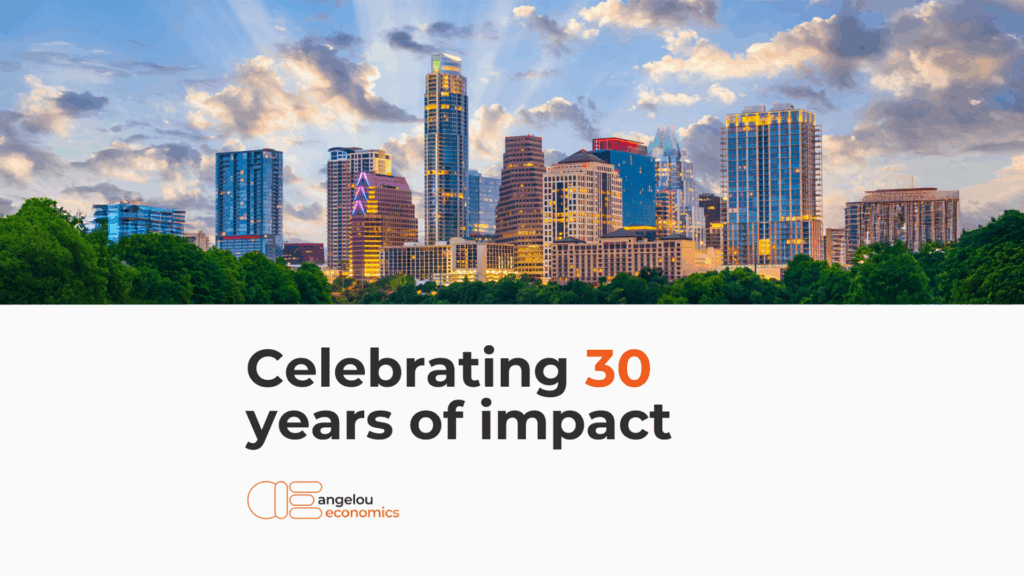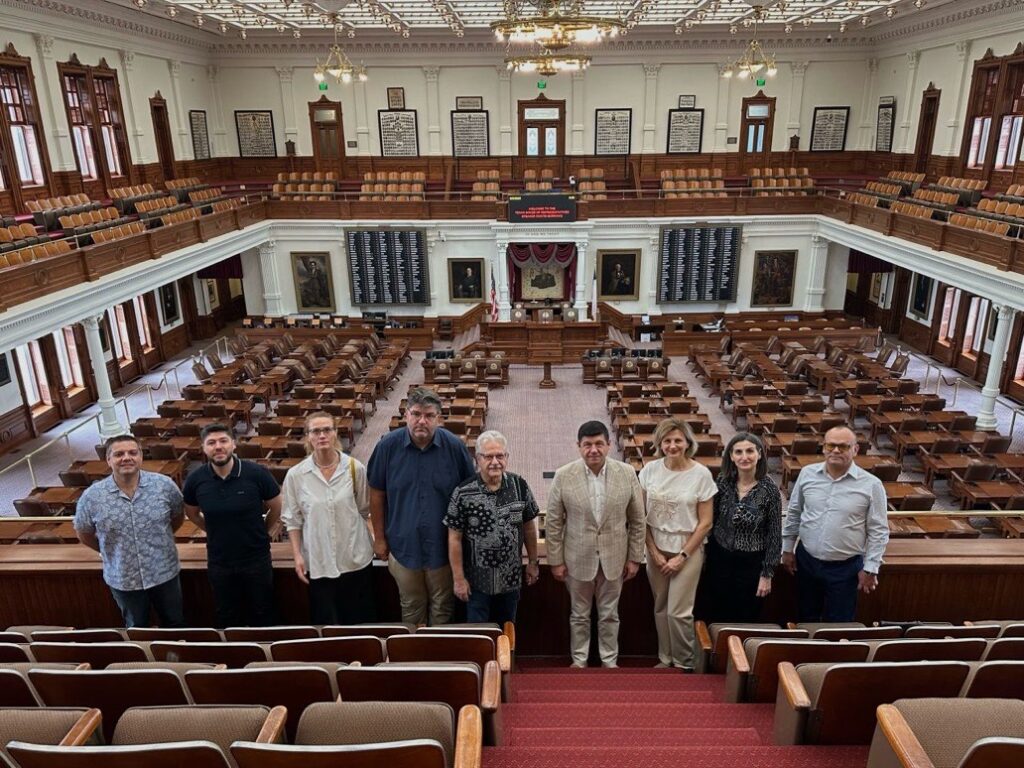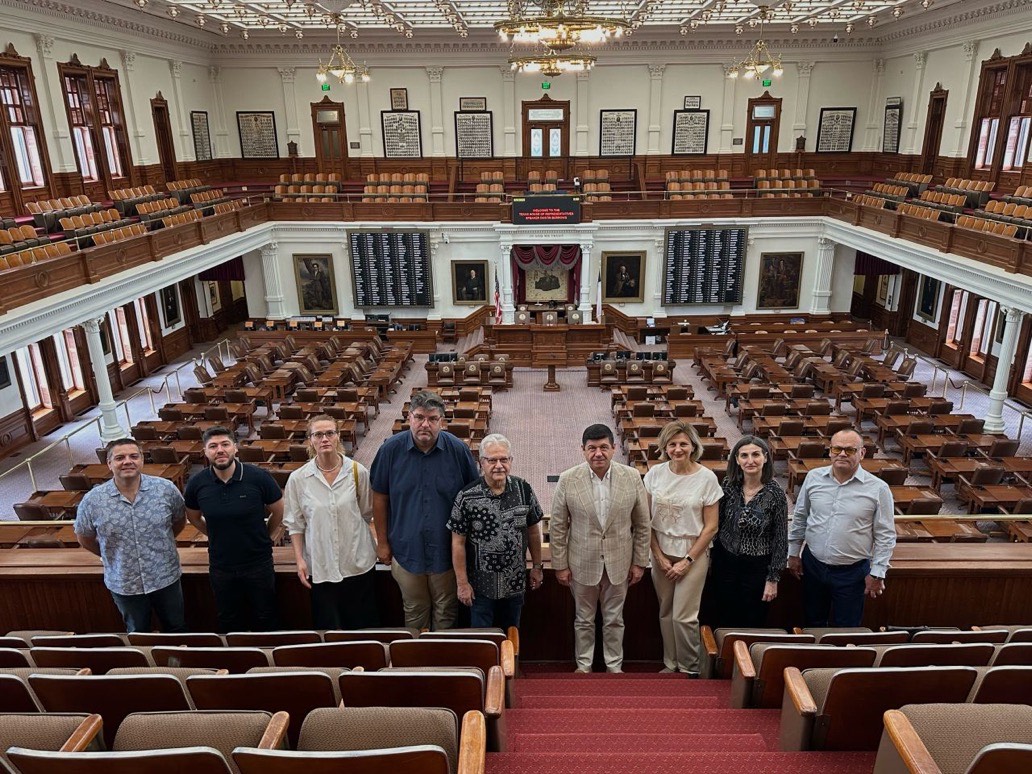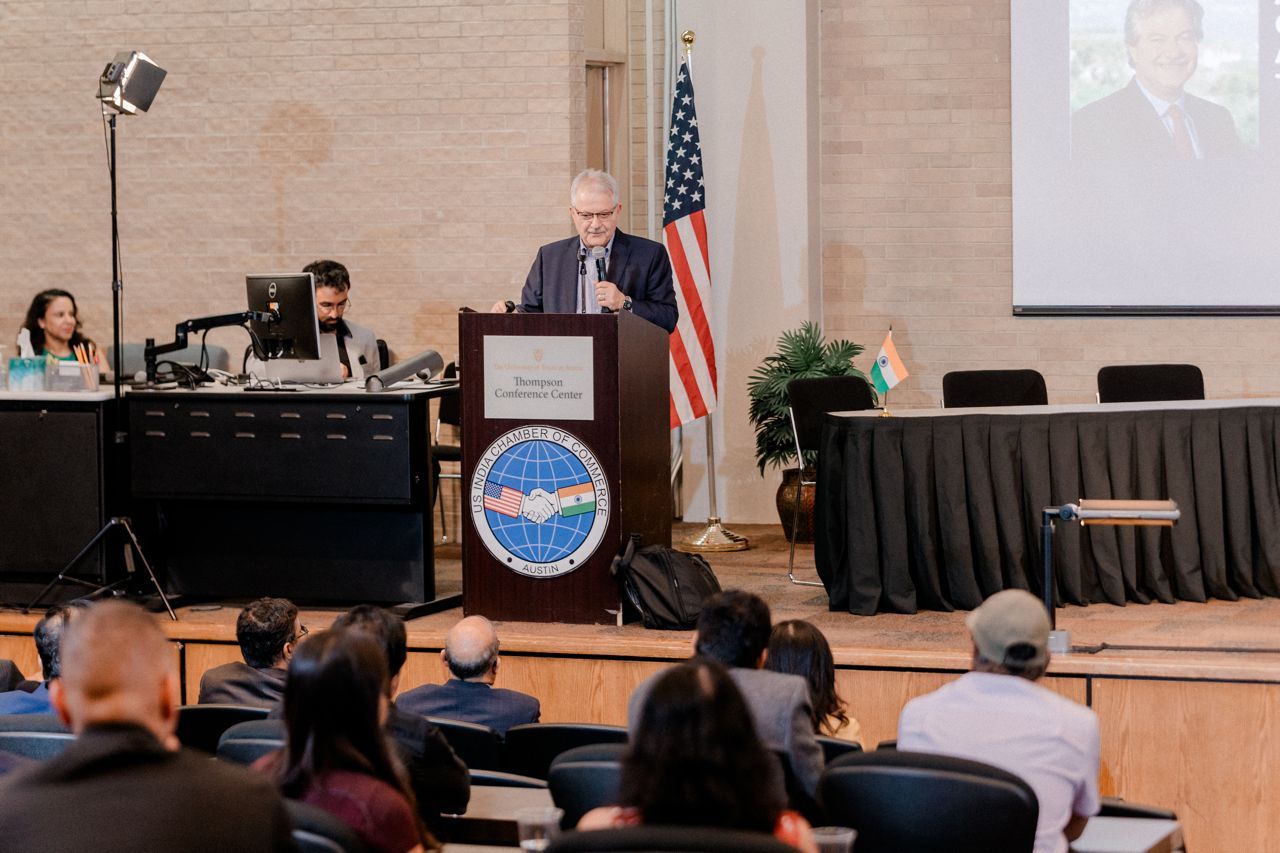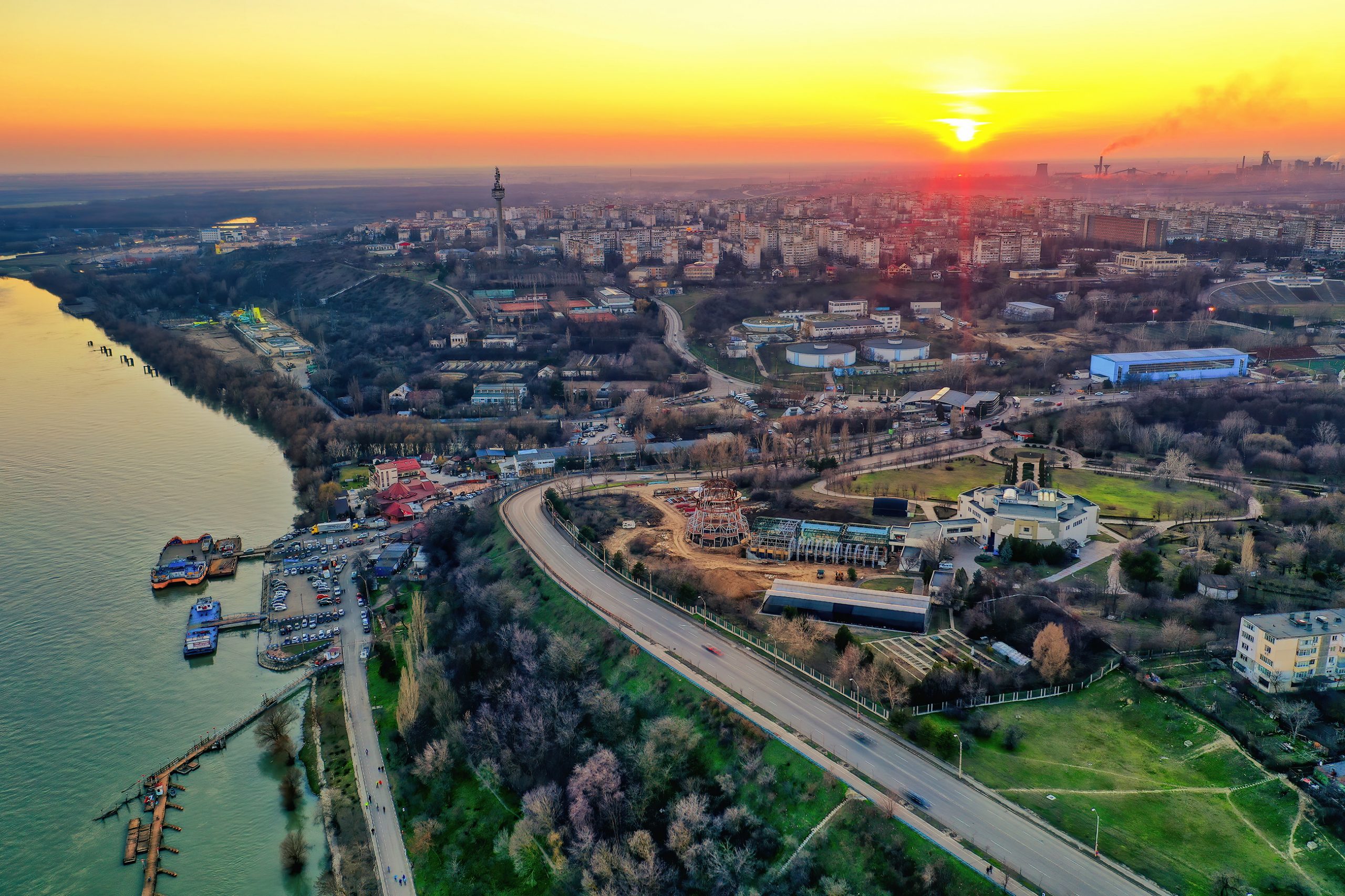By Tim Shea, Special Contributor | Will a vegan eat clean meat or will clean meat have a negative economic impact in farm communities?
When the idea of lab-grown meat first hit the public’s radar, it sounded like something out of a science fiction novel: bizarre, wondrous, and somewhat far-fetched. When a lab-grown burger was then unveiled back in 2013, it upgraded the concept from far-fetched fantasy to the prohibitively expensive PR stunt of self-indulgent tech firms. Still, the idea of a widespread, pseudo-agricultural revolution seemed part of a distant, intangible future.
But the times, in the immortal words of Bob Dylan, they are a changin’, and so is the technology behind so-called cultured or “clean” meat. Recent progress in this realm has been nothing short of remarkable, bringing drastic improvements to both the accessibility and practicality of clean meat; the price of a quarter-pound beef patty has plummeted 99.9% in just five years. What’s more, experts predict that select restaurants will start dishing out lab-grown fare by the end of the year, and supermarkets may have a “clean meat” aisle by as soon as 2021.
The hypothetical benefits of a cultured meat revolution are clear and abundant. First, on an environmental front (meat production is one of humanity’s less eco-friendly endeavors) lab-grown meat could significantly reduce both land and water requirements while also helping cut greenhouse gas emissions. In a similar vein, the tightly controlled conditions of “meat factories” would reduce the likelihood of foodborne diseases. And then there’s the elimination of some other less pleasant aspects of harvesting livestock.
Sounds great, right? It is!…unless you’re in the business of raising cattle. Like any good technological leap forward, the advent of cow-less beef and chicken-less chicken is bound to upend the existing industry landscape. Not that these changes will come overnight; $11.36 is still an expensive quarter-pounder, and even as the costs continue to plummet, it will be a while before the average consumer accepts that their meal came from Petri instead of Bessie. In all likelihood, clean meat consumption will be the purview of the affluent, the environmentally conscience, and cutting-edge hipsters for at least another decade.
And yet, a decade removed or not, the writing is on the wall. With livestock production currently supporting more than a quarter-million American jobs, community and business leaders in affected areas would be wise to start preparing for this seemingly inevitable economic transition. That means Wisconsin, Iowa, Minnesota, Idaho—and yes, those parts of Texas and California that are home to tens of thousands of livestock workers. Simply put, now is the time for these areas to begin implementing the economic innovations and structural changes needed to weather the storm. If they wait until the jobs start disappearing, it will already be too late.
One potential way to cope would be to prepare these workers to run a factory instead of a farm. After all, Texas and California are already home to many of the tech firms leading the charge towards “clean meat”, and these regions likewise possess the requisite infrastructure for meat processing and transportation. It’s not implausible for defunct barns to be converted into meat-growing factories, and for farm workers to trade their overalls for lab coats.
Nor do the benefits of this up-and-coming economic sector need to be limited to pre-existing industry nodes. By transforming the way meat is grown, scientists have freed us from the geographic necessities that have limited the raising of livestock since literally the first animals were domesticated. States like Michigan, West Virginia, and Ohio—places that have long pined for the return of manufacturing jobs—could easily begin laying the groundwork to capitalize on the coming changes. Growing meat may very well be the next wave of the much-vaunted trend towards “advanced manufacturing.”
Now, the fact remains that clean meat is still a fledging industry, and there are many questions that still need to be answered. But whether or not meat can be economically grown in a lab is no longer one of them. Maybe it’ll be ten years before it catches on, maybe twenty. But changes are coming. What those in the livestock business choose to do with that knowledge is ultimately up to them.
And that, my friends, leaves us with perhaps the most important unanswered clean meat question of them all: will vegans eat it?
About AngelouEconomics:
AngelouEconomics has worked with numerous professional and business associations in building dozens of unique economic impact studies among other types of projects including site selection projects as well as strategic economic development projects. Some projects have examined the effects of statewide policy measures, such as the Texas Bathroom Bill or ban on Sanctuary Cities. Other projects have measured the contribution of member networks in terms of jobs, wages, and total economic output. Like this study for Prospera, a nonprofit organization which specializes in providing bilingual assistance to Hispanic entrepreneurs in Florida. Economic impact studies are effective tools for quantifying and illustrating the value of individual professional and business associations. They are versatile, as they can illustrate the value or impact of a specific policy or quantify the economic contribution of your members to the local, regional, and nationwide economies.
Want to Learn More?
If you would like to learn more send us an email at info@angeloueconomics.com

